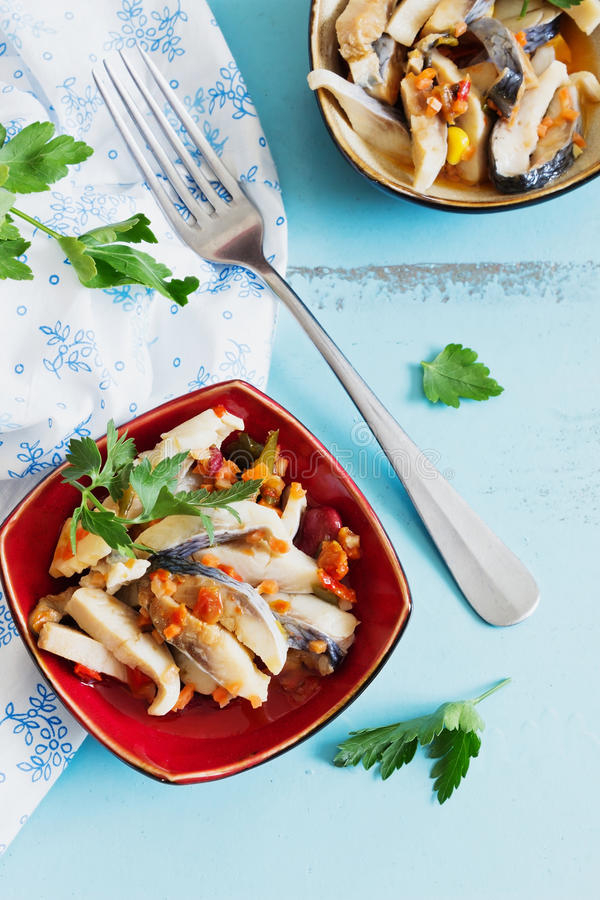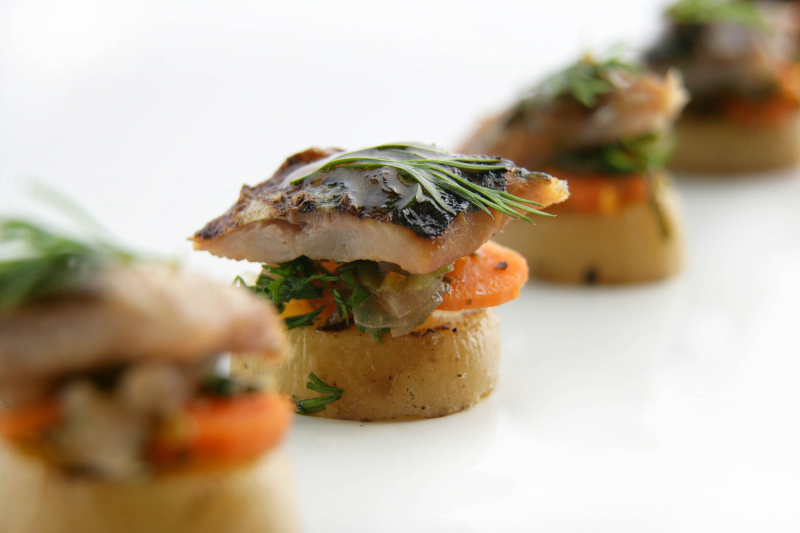Pickled Herring for Breakfast
On a map, Norway is easily recognized due to its unique wavy shoreline, which resembles an old kelp fan. Fish frequently takes center stage in Norwegian cuisine due to the country's connection to the sea, which includes Viking longships, contemporary trawlers, and the small seaside settlements that dot its coastline. That pickled herring is the star of the breakfast show.
Breakfast might have included a bowl of porridge with a scattering of salted herring on top in place of raisins if you had traveled to Norway in the 1800s. This specific fish has been so closely associated with the Norwegians for so long that it is even referenced in the manuscript of the Kings' Saga from the thirteenth century. In the 19th century, the export of herring played a significant role in Norway's development into a world-class capitalist nation.
Herring is frequently salted and pickled at home and is regarded as a "everyday fish" in Norway. Pickling and other preservation techniques are a sour and delectable part of Norwegian culture since long, arduous winters are a way of life in a nation that borders the Arctic Circle. Typically, the pickling mixture is sweet and sour, and the herring strips that result are juicy and flavorful.
In Norwegian families, the mason jar of herring is frequently accompanied with smoked salmon, caviar in a tube, and the beloved Brunost block for the traditional sit-down breakfast (brown cheese).








